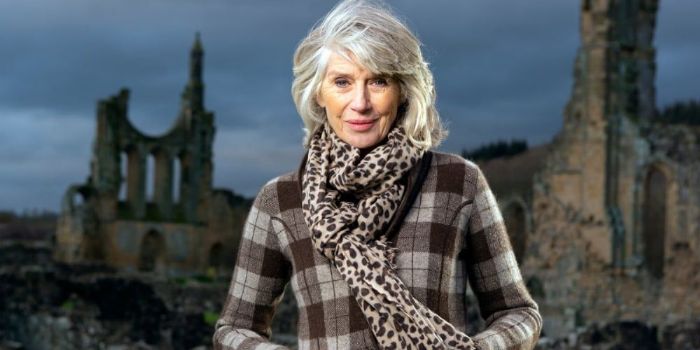Selina Scott, born May 13, 1951, in Scarborough, Yorkshire, became a household name in Britain during the 1980s – not just for her poised presence on BBC’s “Breakfast Time” and “The Tonight Show,” but for the calm confidence she exuded on screen. She was, for many viewers, the epitome of composure: incisive in her interviews, occasionally sharp, but never flustered by the weight of celebrity culture swirling around her.
Yet, despite reaching such levels of public acclaim, Scott’s relationship with fame was always a little complicated. She climbed from local newsrooms to the heights of national broadcasting, grilling global leaders and Hollywood icons alike. But even as her reputation grew, she drew a resolute line between her public work and her private self – a rare feat in an industry often fueled by personal exposition.
The Private Life of a Public Figure
Compared to many of her contemporaries, Scott has managed an extraordinary feat: keeping her personal life almost entirely out of the tabloids. In an era obsessed with celebrity gossip, her commitment to privacy was, itself, something of a statement – and, inevitably, a catalyst for speculation.
The relationship most concretely associated with her is that with property developer Alan MacLeod, whose name surfaced in the early 1990s. Even then, both Scott and MacLeod were steadfast in keeping details to themselves. After their eventual split, neither commented publicly on the reasons, and the story faded quietly, a rare non-event in the world of celebrity relationships.
“I’ve never been that keen on discussing my personal life,” Scott told The Telegraph in 2015. “I’ve always felt that my work should speak for itself.” Her words ring with a quiet defiance – and an honesty that can be disarming in an industry awash with confessions.
Inevitably, her insistence on privacy only seemed to deepen public curiosity. Throughout the ’80s and ’90s, Scott was linked, sometimes wildly, to various high-profile men, including broadcaster David Frost and, most infamously, Prince Andrew. The rumor mill spun into overdrive after her televised interview with the prince, their on-air chemistry stoking endless gossip. Scott, for her part, remained unflappable. “Speculation is part of public life, I suppose,” she once said, “but it doesn’t mean I have to engage with it.” It was the sort of answer that left just enough mystery to keep the tabloids guessing, without ever giving too much away.
Life Beyond the Spotlight
In the past decade, Scott has shifted her attention away from television studios and toward a life that seems, in many ways, far from the public gaze. Settling on her Yorkshire farm, she poured her energy into conservation and animal welfare, fiercely campaigning against fur farming and getting involved in a number of rural initiatives.
At seventy, Scott seems as self-possessed as ever. The questions about why she never married – or what her personal life looks like now – still crop up, usually met with the same polite deflections. She’s been candid about the pressures placed on women of her generation. “I think women of my generation were often made to feel incomplete without marriage,” she told The Guardian. “But there are many ways to lead a fulfilling life.” Those words feel like a quiet rallying cry – not just for herself, but for others still fighting to define fulfillment on their own terms.
Scott’s influence goes beyond her own choices. In 2008, she took on age discrimination head-on, winning a high-profile settlement against Channel Five after she was dropped from a presenting role because of her age. It was a watershed moment, one that highlighted the entrenched double standards in broadcasting and helped open doors for women facing similar battles.
Past Relationships

Alan MacLeod
In the end, the enduring story of Selina Scott may not be about romance or scandal, but about boundaries – how she set them, defended them, and proved that a public figure can, in fact, maintain a private life. In an age increasingly dominated by oversharing and confession, her career stands as a quiet reminder that sometimes, there’s dignity in letting the silence speak for itself.


